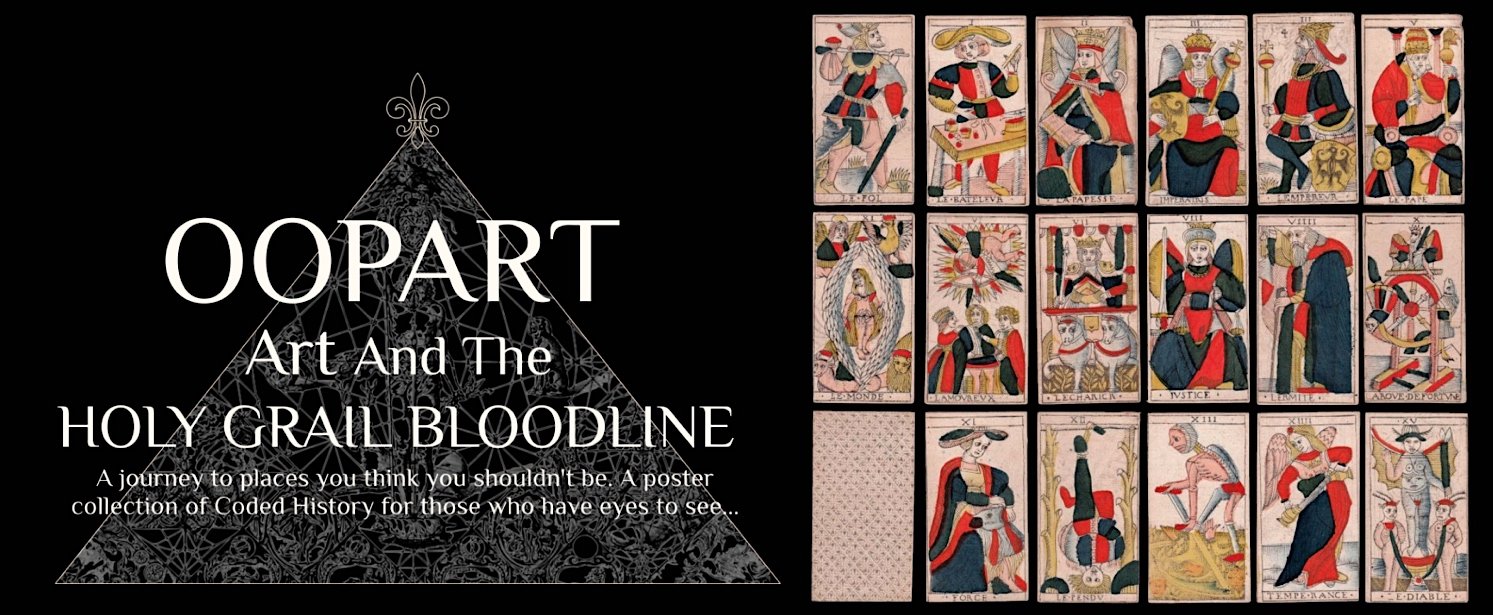Arts Marketing Not Selling
Sales only occur after art marketing has done its job to create attention, interest, and desire to own the work. You instinctively know you cannot build a career on spontaneous art sales. Nearly all art, particularly originals, requires repeated exposure to prospective buyers before attention, interest, and desire can lead to a purchase. Social media continues to grow in importance to develop awareness and interest for fine artists. As such, it is not to be dismissed lightly or at all.
Desire alone is often not enough to persuade a customer to buy art. Uncovering and responding to objections, presenting alternatives, providing reassurance, merely asking for the order, and other factors are instrumental in creating art sales. Your art marketing may lead them to the gallery or studio, but the interaction that takes place after that is where selling skills come front and center.
Market Your Art the Way You Work.
Setting reasonable, achievable goals.
Understanding what must be done to reach the goals.
Breaking the goals into small chunks ensuring none are overwhelming.
Organizing and calendaring the tasks into daily actions.
Applying the discipline to complete tasks on time.
Research the business and marketing operations of any successful company or individual and you will find these universal principles in use. The infographic is designed to help you plan your steps and to use it as a reminder and guideline for those things you must do to achieve the success you want and deserve to have.
Where to Market Your Art
There are many distribution channels artists can use to get their work to market, including these options:
Create direct patronage where a network of patrons purchases artworks from the artist directly and repeatedly.
Galleries where gallerists sell the artists' work for them. An artist may experience direct patronage through a gallery. However, rarely do they gain access to buyers of their work from galleries.
Contract to license original art to be reproduced and sold by art print publishers. Reproductions are sold as open edition posters or limited-edition prints, which may be digital reproductions (aka giclees), serigraphs, four-or-six-color offset lithography, and other formats.
Contract with licensors or licensing agents to reproduce an artist's work for various uses, from stationery to linens, housewares, and more.
Studio visits and studio events are an excellent method of competing with commercial art galleries on many levels.
Why Marketing Matters
Some artists hold the mistaken belief that marketing their work somehow devalues it. The attitude that creativity and quality cannot exist simultaneously with economic success is a myth that persists within the art community. It hinders the progress of many artists operating as small business owners. Even when there is a benevolent attitude toward marketing, the fear of or ambivalence toward performing necessary tasks such as marketing often holds business owners back.
Don’t believe in your own hype. i.e. Start as a performance artist then you become your act 24/7. You are a business and you need every customer you can get. Any advocacy you do must do no harm and not cause people to hate each other. Real art brings people together.
Perks of Networking
Rock-solid collector base – when you have buyers who know you personally, they are likely to buy multiple pieces of your work directly from you over time. Sales such as these immunize you against bad things beyond your control like galleries closing, Facebook fading, and so forth.
Long-term relationships – although not every connection you make through networking may last forever, your odds of enjoying enduring friendships and professional acquaintances vastly increase through it.
Referrals – networking is not a one-to-one dynamic. It is not about who you know. It is all about who knows you. Word of mouth is the most potent marketing on the planet. It can make or break a new movie, change the course of a political race, and inform and persuade public opinion. If ten people you know each tell ten other people about you, you have exponentially grown your awareness, brand, and, ultimately, your sales.
Easy Sales – the most natural people to sell something to are the people you know because you don't have to establish credibility with them. The next easiest to sell are those known to your circle of family, friends, fans, and associates. Whenever affinity exists, sales get more effortless. Networking assists your sales efforts in myriad untold ways.
Affordable – art marketing today is inexpensive due to digital tools such as websites, blogs, email, and social media. While these recommended assets are valuable, none can touch the power of personal relationships developed through networking. Other than your time in attending, planning, and following up, there virtually is no cost.
Main Text Source: Barney Davey
Excerpt: https://artmarketingnews.com/art-marketing














